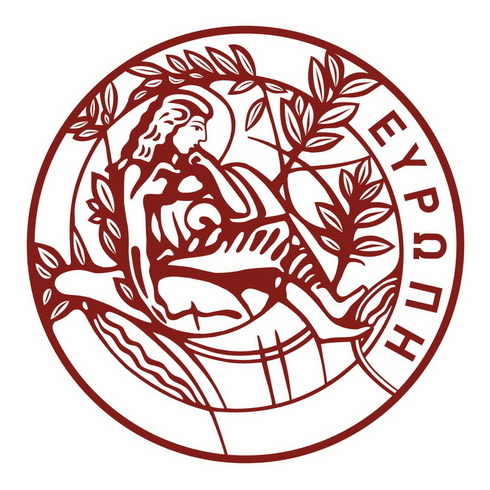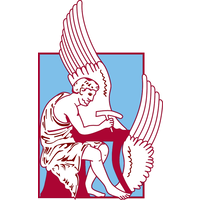-
[J1] K. Bacharidis , Argyros, A., "Exploiting the Nature of Repetitive Actions for Their Effective and Efficient Recognition", Front. Comput. Sci. 4: 806027; doi
-
[J2] K. Bacharidis , Sarri, F., Ragia, L., "3D Building Facade Reconstruction using Deep Learning", ISPRS Int. J. Geo-Inf. 2020, 9(5), 322; doi
-
[J3] K. Bacharidis ,Sarri, F., Paravolidakis, V., Ragia, L.and Zervakis, M. , "Fusing Georeferenced and Stereoscopic Image Data for 3D Building Façade Reconstruction", ISPRS Int. J. Geo-Inf. 2018, 7, 151, doi
-
[J4] K. Bacharidis , K. Moirogiorgou, G. Koukiou, G. Giakos and M. Zervakis, "Stereo System for Remote Monitoring of River Flows", Multimedia Tools and Applications (2017), doi: doi
-
[C1] Zotou P.; Bacharidis, K.; Argyros A., Leveraging FINCH and K-means for Enhanced Instance Selection, European Conference on Computer Vision Workshops (ECCVW), Milan, 2024 - (to appear)
-
[C2] Bacharidis, K.; Argyros A., Repetition-aware Image Sequence Sampling for Recognizing Repetitive Human Actions, International Conference on Computer Vision Workshops (ICCVW), Paris, 2023
-
[C3] Manousaki, V.; Bacharidis, K.; Papoutsakis, K., Argyros A., VLMAH: Visual-Linguistic Modeling of Action History for Effective Action Anticipation, International Conference on Computer Vision Workshops (ICCVW), Paris, 2023
-
[C4] Bacharidis, K.; Argyros A., Cross-domain Learning in Deep HAR Models via Natural Language Processing on Action Labels, 2022 International Symposium on Visual Computing (ISVC).
-
[C5] Bacharidis, K.; Argyros A., Extracting Action Hierarchies from Action Labels and their Use in Deep Action Recognition, 2021 International Conference on Pattern Recognition (ICPR).
-
[C6] Bacharidis, K.; Argyros A., Improving Deep Learning Approaches for Human Activity Recognition based on Natural Language Processing of Action Labels, 2020 International Joint Conference on Neural Networks (IJCNN).
-
[C7] Paravolidakis, V.; Bacharidis, K.; Sarri, F.; Ragia, L. ; Zervakis M. Reduction of Building Façade Model Complexity using Computer Vision, IEEE International Conference on Imaging Systems and Techniques (IST), 2016.
-
[C8] Bacharidis, K., Ragia, L., Politis, M., Moirogiorgou, K., & Zervakis, M. E. (2016). 3D Building Reconstruction using Stereo Camera and Edge Detection. In VISIGRAPP (4: VISAPP) (pp. 715-724).
-
[C9] Bacharidis K, Moirogiorgou K, Sibetheros I, Savakis A, Zervakis M, River Flow Estimation Using Video Data (2014) IEEE International Conference on Imaging Systems and Techniques (IST2014). Santorini Island, Greece, pp 173–178
















